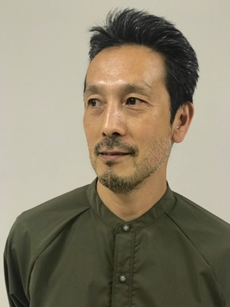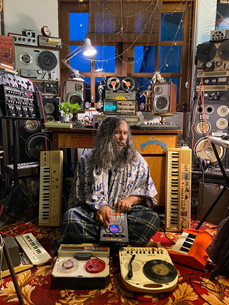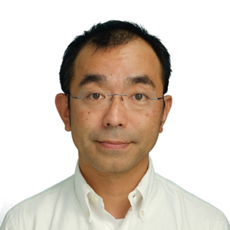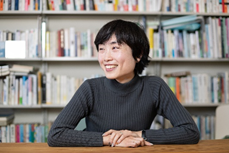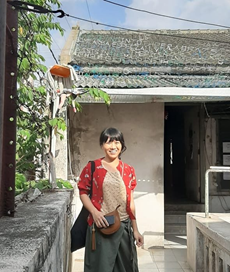The Japanese society has for some time been aging. According to a survey by Japan’s Ministry of Health, Labour and Welfare, one in five seniors over the age of 65 will suffer from dementia by 2025. Against this social backdrop, the Japanese General Association torindo has been holding dance workshops and dance performances with choreographer/dancer Jareo Osamu in collaboration with elderly residents, facility staff, and local residents since 2009 at the Graceville Maizuru nursing home for the elderly in Maizuru City, Kyoto.
Meanwhile in Malaysia, where the population is seeing a rapid age growth, the percentage of people suffering from dementia has been increasing every year, Malaysian sound artist Kamal Sabran has been researching the possibility of using music as a form of therapy for patients with Alzheimer’s disease.
The spread of the Covid-19 led the two artists to conduct online dance and music workshops for the elderly with dementia. Using the video recordings of the workshops and reports on their activities as a starting point, the following roundtable discussion will be held online with the participation of guests from various fields.



